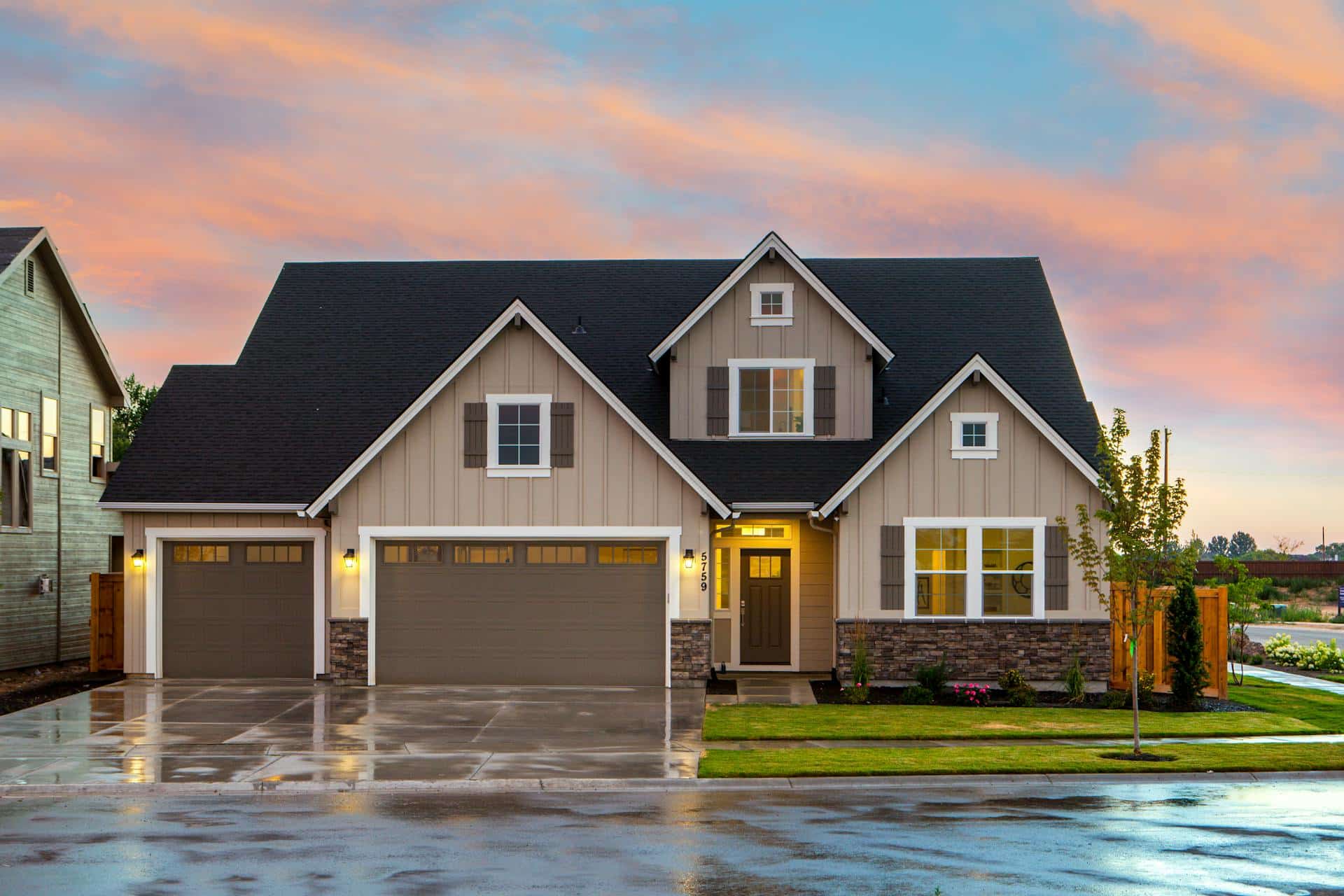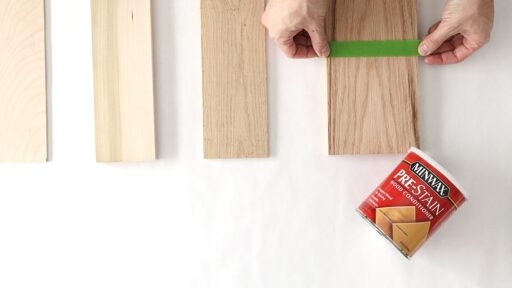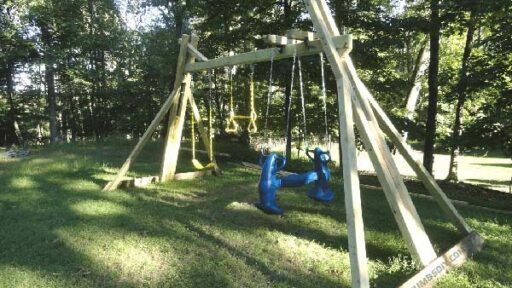Making a home last isn’t just about regular cleaning or small repairs; it’s about smart investments and ongoing care. In cities like San Francisco, where rain is frequent and the cost of living is already high, homeowners know that neglecting maintenance can quickly become expensive. Taking preventive steps not only keeps your home safe but also adds years to its life.
This article will share proven ways to protect your investment, reduce costly repairs, and ensure your home stands strong for years to come.
Keep Gutters and Downspouts Clear
Gutters play a critical role in protecting your home from water damage. When they get clogged with leaves or debris, rainwater spills over the edges and runs down your siding, eventually seeping into your foundation or basement. Cleaning them out twice a year, especially before and after rainy seasons, keeps the drainage system working properly. Make sure the downspouts extend several feet away from your home to direct water away from the base. Installing gutter guards can reduce buildup and minimize how often you need to climb up and clean them.
Strengthen the Roof Before the Storm Hits
Your roof is literally the first layer that protects your home against the elements. In San Francisco, where steady rainfall is common, roofs can take a beating year after year. Water finds the smallest cracks and works its way in, causing leaks, mold, and structural issues. To prevent this, have your roof inspected at least twice a year. Look for missing shingles, rusted flashing, or areas where water seems to pool. Cleaning out gutters and downspouts before the rainy season ensures water flows off the roof properly. Applying a waterproof sealant can add extra protection against heavy rains. Professional roofers in San Francisco can assess wear, handle minor repairs, or even recommend energy-efficient materials that last longer and stand up better to moisture. A little professional care now can add several years to your roof’s lifespan and save you from costly replacements later.
Seal Windows and Doors for Energy Efficiency
Over time, the seals around windows and doors start to wear down. Small gaps might not seem like a big deal, but they allow moisture and drafts to sneak in, making your home less energy-efficient and more prone to mold or rot. Regularly checking and resealing these openings keeps your home airtight. Weatherstripping and quality caulking can block unwanted air and water, protecting the interior while also cutting down on heating and cooling costs. This small effort improves comfort, lowers your bills, and helps extend the lifespan of both your windows and doors.
Refresh Exterior Paint and Siding
Repainting the exterior does much more than make your home look clean and inviting. It serves as a barrier against the sun, rain, and even temperature changes. Over time, paint and siding wear down, allowing moisture to creep in and cause rot or mold. Repainting every few years, depending on your climate and the materials used, protects your home’s structure and appearance. Power washing the exterior once a year removes dirt, mildew, and buildup before it causes harm. When repainting, always choose quality weather-resistant paint for longer-lasting results.
Maintain HVAC Systems Regularly
Your HVAC system is one of the hardest-working parts of your home. It keeps you warm in the winter and cool in the summer, but like any system, it needs consistent care to function well. Replacing air filters every one to three months helps prevent dust buildup, which can strain the unit and reduce efficiency. Scheduling professional maintenance twice a year ensures every component gets inspected and cleaned. A technician can also catch small issues, such as low refrigerant or loose electrical connections, before they turn into costly repairs. Keeping outdoor units free from leaves, dirt, or debris allows for better airflow and prevents overheating. A well-maintained HVAC system doesn’t just last longer; it also improves indoor air quality and lowers your energy bills year-round.
Inspect Plumbing and Prevent Leaks
Plumbing is often out of sight and out of mind, but leaks can quietly damage floors, walls, and ceilings before you even notice them. Regular inspections help you stay ahead of costly water problems. Check under sinks and behind appliances for any signs of moisture or mold. If you spot corrosion, discoloration, or dripping, take care of it immediately. Replacing worn-out pipes or fixtures before they fail can save thousands in repairs. In older homes, it’s worth having a plumber inspect the main water line to ensure it’s still in good condition. Installing leak detectors in high-risk areas, like near washing machines or water heaters, provides early warnings if a leak starts.
Take Care of Your Flooring
Floors endure daily wear, making them one of the first features in your home to show signs of age. Regular cleaning and simple care routines can add years to their life. Sweep or vacuum frequently to prevent dust and dirt from scratching surfaces, and use rugs or mats in high-traffic areas. For hardwood, occasional polishing or refinishing helps restore shine and protect the wood from moisture. Tile floors benefit from routine grout sealing, which prevents water from seeping underneath and causing damage. If you have carpet, schedule professional cleanings once or twice a year to remove embedded dirt and allergens. Taking a little extra time to care for your floors not only keeps them looking great but also maintains the comfort and cleanliness of your entire home.
Upgrade Insulation for Long-Term Comfort
Proper insulation is one of the best ways to extend your home’s life and reduce energy waste. When insulation breaks down or becomes uneven, temperature fluctuations can cause condensation and even damage wooden structures. Inspect your attic and crawl spaces regularly to ensure insulation is evenly distributed and dry. If you notice drafts or cold spots, it may be time to upgrade. Modern insulation materials, such as spray foam or cellulose, provide better coverage and resist moisture more effectively. Adding insulation also reduces the strain on your HVAC system, keeping your home more comfortable throughout the year. It’s a one-time improvement that continues to pay off in comfort, energy savings, and protection for years to come.
A lasting home isn’t just the result of strong materials or smart design; it’s built on the care you put into it over time. Every inspection, repair, and upgrade you do strengthens that relationship. When you pay attention to small details, your home rewards you with reliability, comfort, and peace of mind. With steady attention and mindful maintenance, your home becomes more than a structure; it becomes a lasting legacy of your effort and care.








